This weekend was one of those times where I am learning new things I do not particularly want to know about, namely about glossiphonia leeches.
I recently imported some tylo snails from a new source. They came in ok, half were cruising around the left side of the tank, the other half were sort of inactive on the right side of the tank. After a few days of this, I decided to isolate the sluggish snails to see if I could determine why they were being so atypical. As I removed them from the tank, I noticed this:
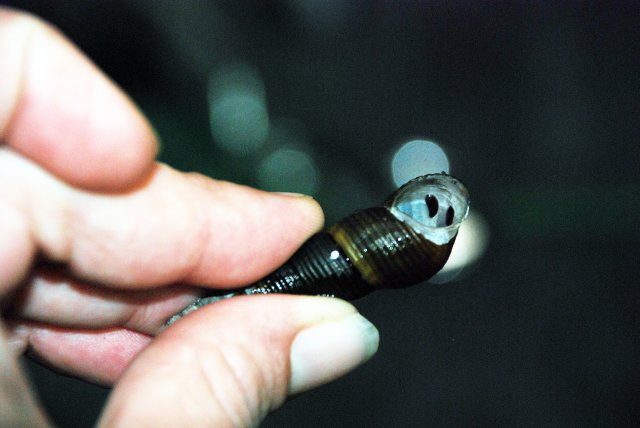
Over 2/3 of the inactive snails had these attached, I removed about 60 or so. At this point, I isolated those snails to a small tank with a few inches of water. I manually removed all the foreign critters. I also removed the healthy snails to their own isolation tank void of all decoration and plants.
I set up 3 containers of warm tank water and placed a parasite (now I know leech) in each. One was dosed with 1tsp salt/1.5C of water. One was dosed wiht fluke tabs. One was dosed with praziquantel. I left them in over night. The fluke tabs and the prazi killed the leeches, the salt made them inactive or effectively paralyzed.
At that point, I had lost 30 tylos seeming from not eating. I believe that the snail leeches were stressing them and weakening them to the point htey could not eat, in effect starving them.
I lost 5 more overnight. I decided to dose the worst effected with praziquantel. I did this and leeches poured out of the snails shells. I collected over 100 in all. The snails were stressed, but I did a salt dip and removed all visible leeches and then placed them in freshwater where they seem to be recovering. Of the active/unaffected snails, I also did a salt dip and none of them had visible leeches. I can only assume that they don't have them.
I am going to repeat the salt bathes weekly. From my understanding, this is the only real way to manage this problem without killing the host (tylo) snails.
From this link ( http://www.crustaforum.com/board/showthread.php?t=908&page=2) I learned that this is not an isolated occurence though I have imported these guys a dozen times in the past. Apparently this leech is tylo snail specific in its tastes and won't kill them unless they get in high numbers. I can only assume that these snails were collected from an area where the leeches were in great abundance.
Here are some pictures of some of the leeches I removed:
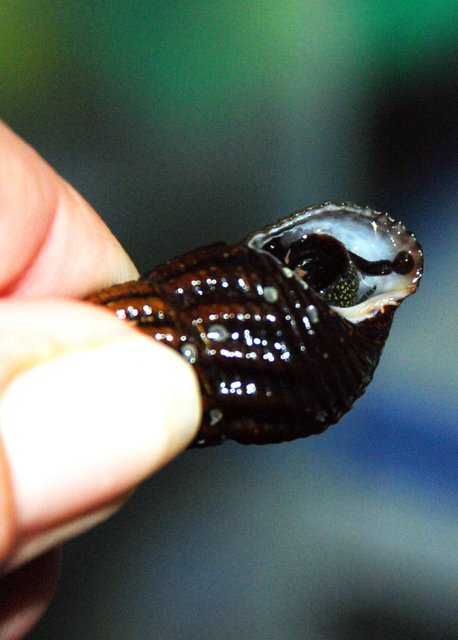
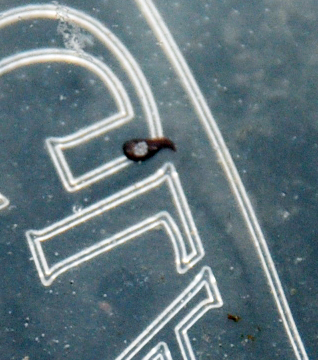
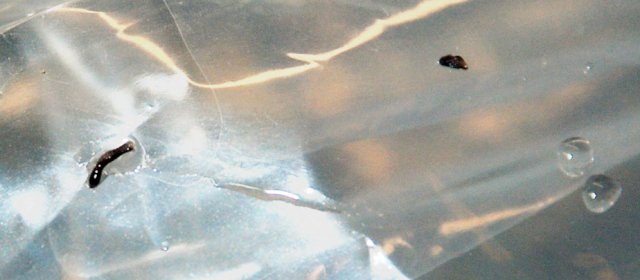
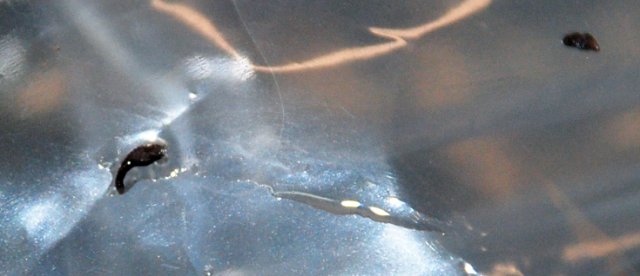
I hope to clear these snails of the leeches. Anyone with any experience please chime in. I am greatful for a few choices I made. I isolated these snails in a species specific tank, I have not shipped any out yet, and that hopefully my learning experience will help others dedicated to keeping wild caught invertebrates.
Moral of the story, ALWAYS qt new livestock which is wild caught. This is not "supposed" to happen. They are supposed to go through qt before entering the country but I doubt this is an isolated event. I won't be ordering more livestock from this company, but I imagine it could happen through any company.
Also, i will treat the original tank and plants with aluminum sulfate at the dosage of 1tbsp/2g of water to kill any leech eggs which could have been left behind.
I hope by doing the frequent salt baths to interrupt the life cycle of this leech (of which there is not a whole lot known).





I recently imported some tylo snails from a new source. They came in ok, half were cruising around the left side of the tank, the other half were sort of inactive on the right side of the tank. After a few days of this, I decided to isolate the sluggish snails to see if I could determine why they were being so atypical. As I removed them from the tank, I noticed this:

Over 2/3 of the inactive snails had these attached, I removed about 60 or so. At this point, I isolated those snails to a small tank with a few inches of water. I manually removed all the foreign critters. I also removed the healthy snails to their own isolation tank void of all decoration and plants.
I set up 3 containers of warm tank water and placed a parasite (now I know leech) in each. One was dosed with 1tsp salt/1.5C of water. One was dosed wiht fluke tabs. One was dosed with praziquantel. I left them in over night. The fluke tabs and the prazi killed the leeches, the salt made them inactive or effectively paralyzed.
At that point, I had lost 30 tylos seeming from not eating. I believe that the snail leeches were stressing them and weakening them to the point htey could not eat, in effect starving them.
I lost 5 more overnight. I decided to dose the worst effected with praziquantel. I did this and leeches poured out of the snails shells. I collected over 100 in all. The snails were stressed, but I did a salt dip and removed all visible leeches and then placed them in freshwater where they seem to be recovering. Of the active/unaffected snails, I also did a salt dip and none of them had visible leeches. I can only assume that they don't have them.
I am going to repeat the salt bathes weekly. From my understanding, this is the only real way to manage this problem without killing the host (tylo) snails.
From this link ( http://www.crustaforum.com/board/showthread.php?t=908&page=2) I learned that this is not an isolated occurence though I have imported these guys a dozen times in the past. Apparently this leech is tylo snail specific in its tastes and won't kill them unless they get in high numbers. I can only assume that these snails were collected from an area where the leeches were in great abundance.
Here are some pictures of some of the leeches I removed:




I hope to clear these snails of the leeches. Anyone with any experience please chime in. I am greatful for a few choices I made. I isolated these snails in a species specific tank, I have not shipped any out yet, and that hopefully my learning experience will help others dedicated to keeping wild caught invertebrates.
Moral of the story, ALWAYS qt new livestock which is wild caught. This is not "supposed" to happen. They are supposed to go through qt before entering the country but I doubt this is an isolated event. I won't be ordering more livestock from this company, but I imagine it could happen through any company.
Also, i will treat the original tank and plants with aluminum sulfate at the dosage of 1tbsp/2g of water to kill any leech eggs which could have been left behind.
I hope by doing the frequent salt baths to interrupt the life cycle of this leech (of which there is not a whole lot known).







